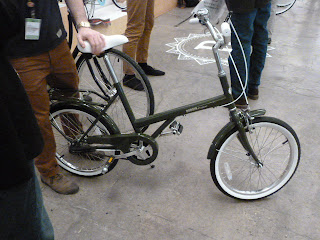It must have had to do with the fact that today was an absolutely perfect mid-spring day. Somehow I was feeling proud, if not invincible, the way I did when I rode in my youth. Of course, I can't ride as far or long or fast as I did in those days, but I was feeling pretty good and rather proud of myself. Perhaps it had something to do with seeing this
He just knew he looked good against that bridge and sky. Of course, it wasn't enough for him to make me notice that.
That bird simply knew the bridges spanned a river, but his wings spanned so much more. Well, that's what he seemed to believe, anyway.
Who am I to argue?
He just knew he looked good against that bridge and sky. Of course, it wasn't enough for him to make me notice that.
That bird simply knew the bridges spanned a river, but his wings spanned so much more. Well, that's what he seemed to believe, anyway.
Who am I to argue?























.JPG)













